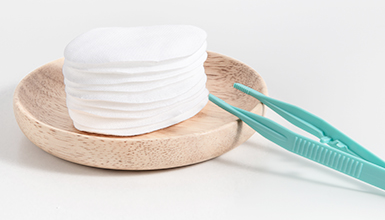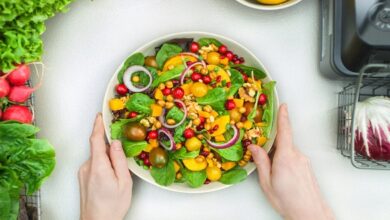
The best herbs to use for medicinal or culinary purposes are those collected from the wild, in areas where the plant is found growing naturally, away from contaminants. Unfortunately, the colossal increase in demand for herbs has meant that some of the time, they are being collected from unsuitable wild sources, such as roadside verges, and that wild sources are being over plundered.
The huge increase in demand and a belated desire for quality have led to an upsurge in organically grown herbs. Hundreds upon hundreds of acres of herbs are now being grown in parts of Europe (in particular Germany) and worldwide. Dr. John Christopher was a pioneer on the subject of organics. He insisted upon organic and wild-crafted herbs for medicinal purposes. So much of illness today is based upon allergies to pollution and toxicity levels that we don’t want to add to it.
This category houses species that are not threatened with extinction but may become so if international trade is not controlled. The monoculture of herbs will increase over time and, in the long term, could alter the chemistry of plants and eventually may even forever change them genetically. I have no personal answer to this problem, because we have a great need for herbs, we have diminished land, and we do not want to defoliate our wild areas.
juniper (various species)
Parts used: leaf and berry This is another antimicrobial plant with a particular affi nity to the urinary tract. The leaves of this shrub are used; make them up as a tea. A few juniper berries can also be used over a short term.
Pine (various species)
Parts used: needle and resin As a prime antioxidant, a cup of tea a day made from the needles will keep your body literally “alive.” Pine is also a strong antiviral and antiinfection aid.
Read More: thenewspointof.net
Ginkgo (ginkgo biloba)
Part used: leaf Favored for its ability to enhance brain and memory functions, ginkgo also has prime immunosupportive chemistry as well as vascular maintenance properties. A simple tea can be made at any time of year from the leaves, but late summer yellow-green ones are the best.
Garlic paste for feet
This treatment is an excellent aid for any respiratory disorders. Peel eight cloves of garlic and puree with equal parts of olive oil, water, and slippery elm bark. Apply a generous amount of petroleum jelly to the soles of the feet (to prevent burning of the skin) followed by a layer of the garlic paste. Cover with fi ne muslin bandages and an old pair of baggy socks; you can even tie plastic bags over these. This paste should be checked every two hours to ensure that the garlic is not burning the soles of the feet.
Suppositories and peccaries
Suppositories and peccaries are herbal poultices that are used internally. The base is generally made with a mucilaginous herb like slippery elm inner bark powder and a lubricant such as coconut oil or cocoa butter. Other powdered herbs that treat the particular problem are added to the base. These are inserted into body openings (vagina, rectum, nasal cavities, ears, or mouth) in order to disperse their herbal constituents to internal areas. Suppositories and peccaries are made in the same way and are commonly used for rectal cleansing, vaginal infections, irritation, infl ammation, and general problems in the reproductive area.





